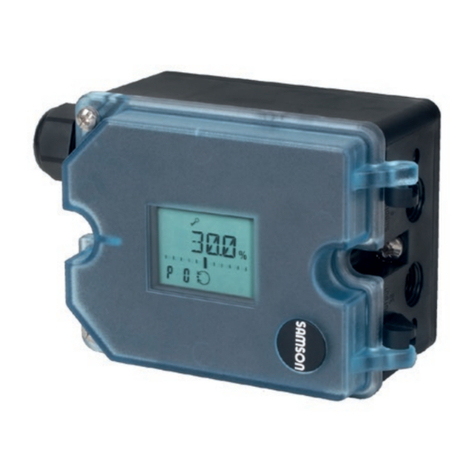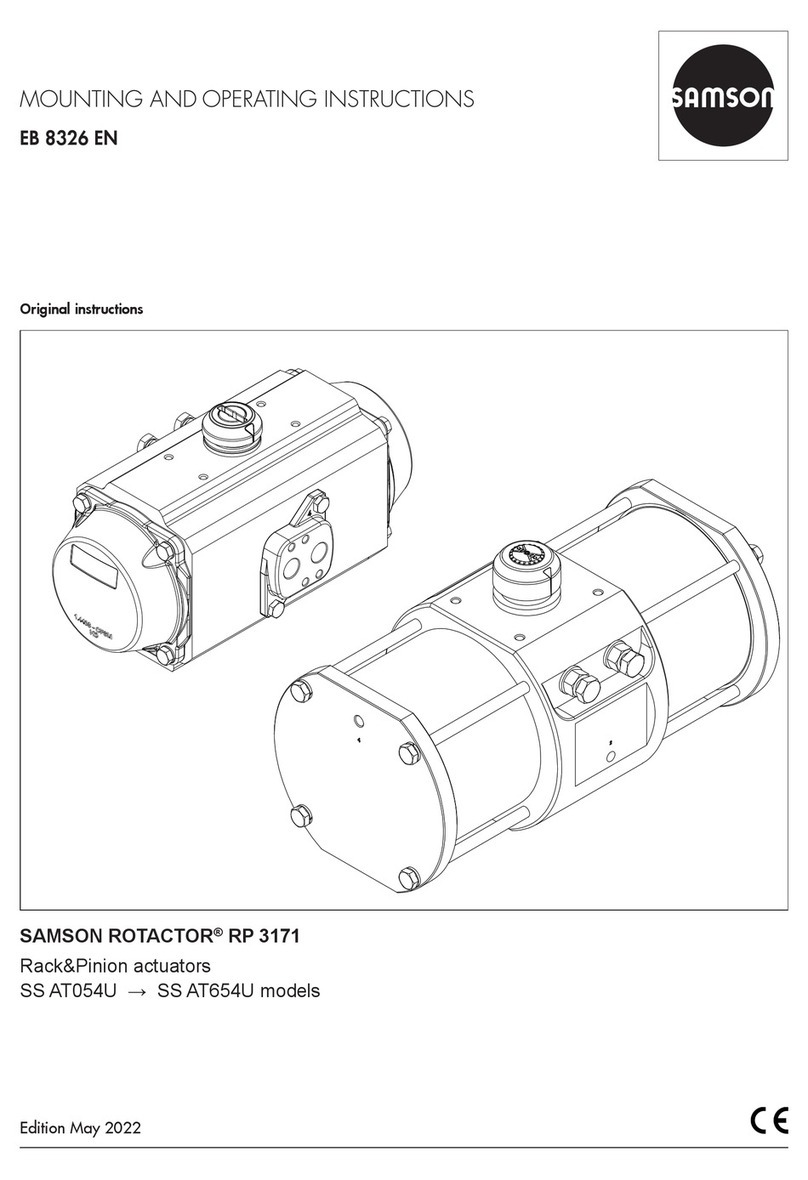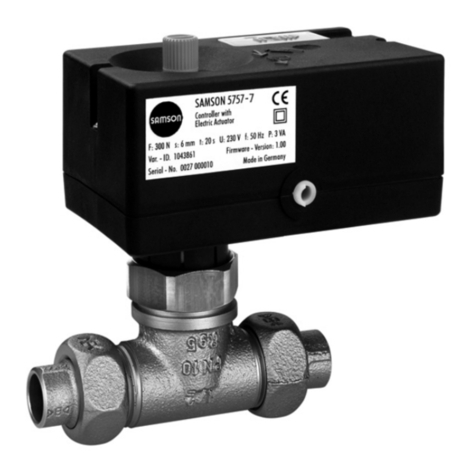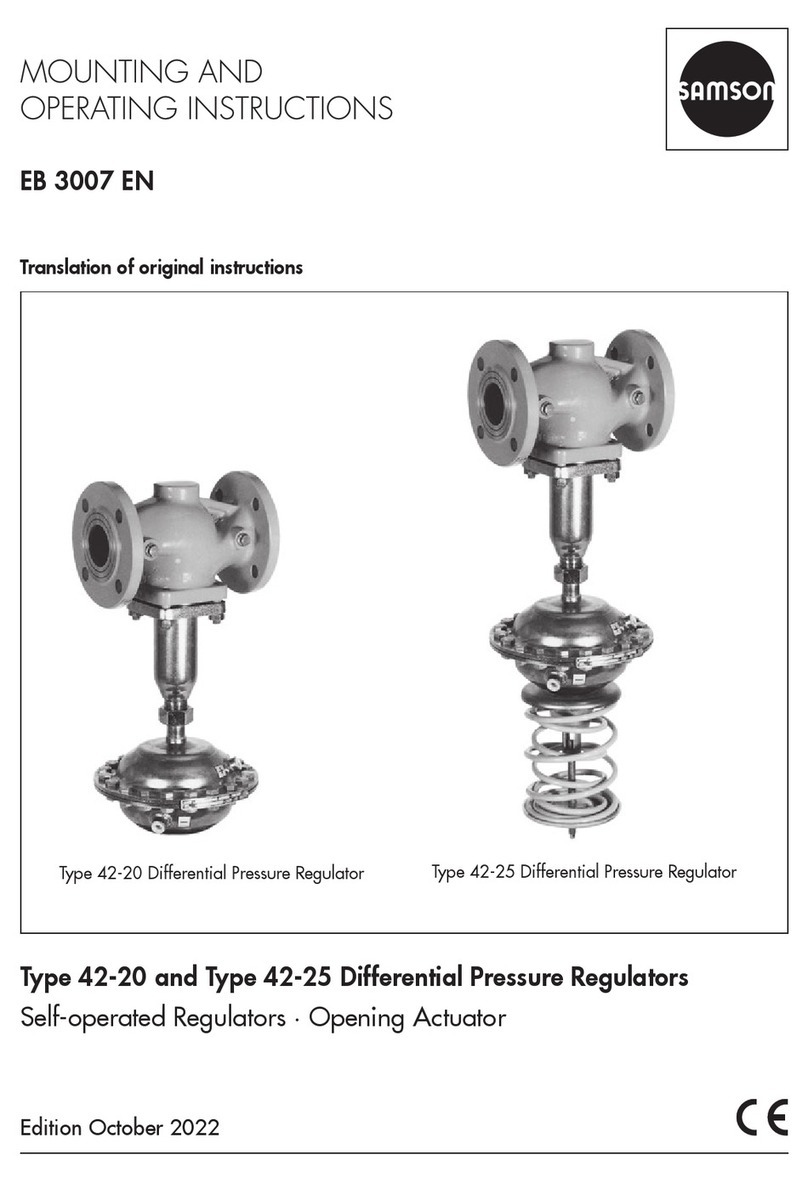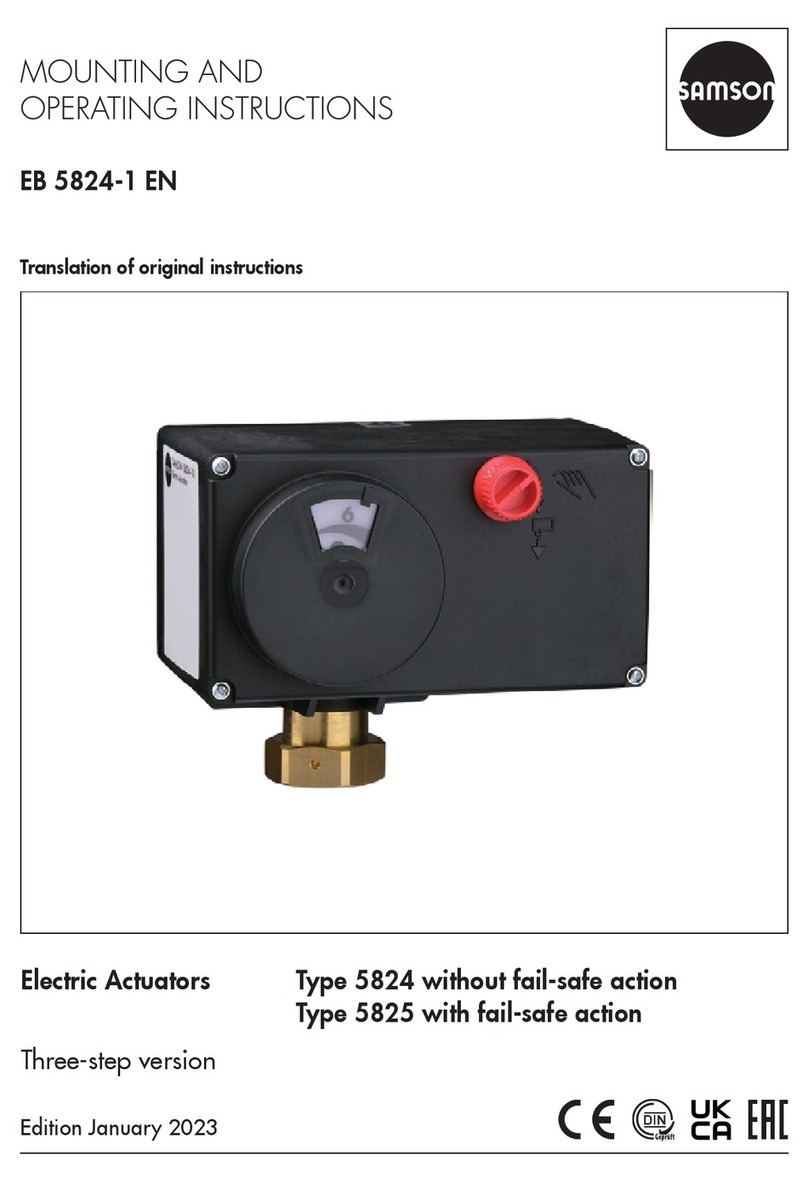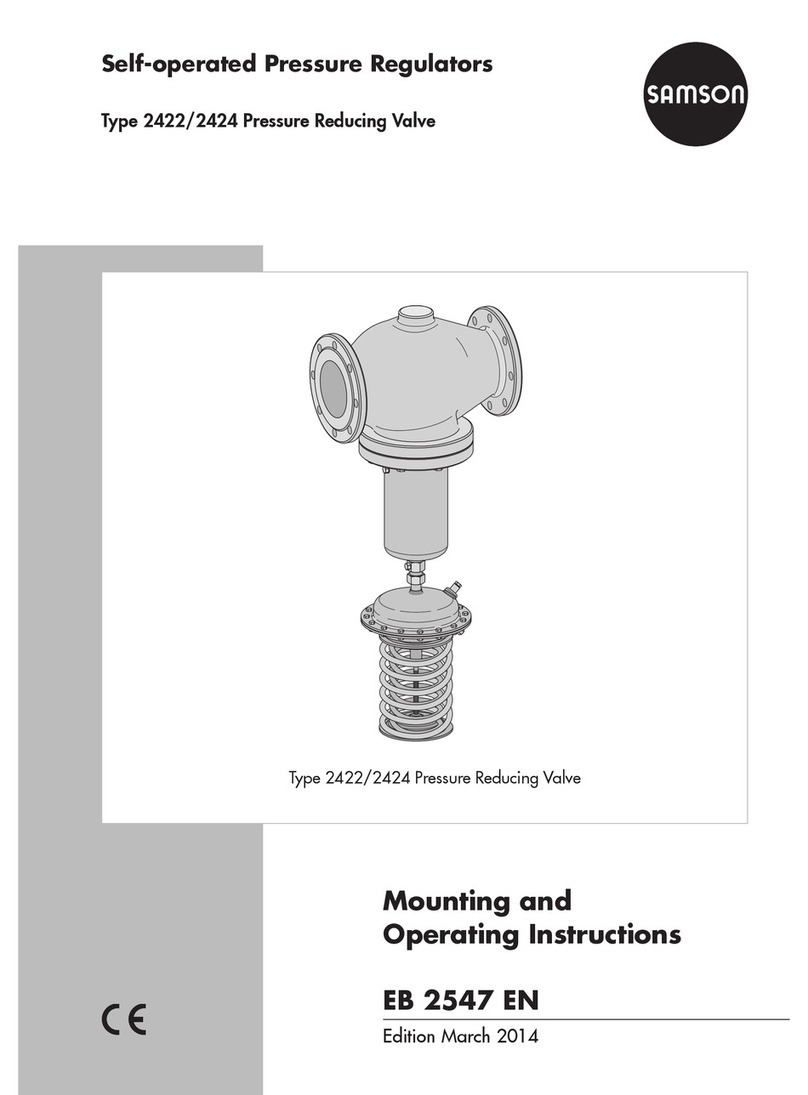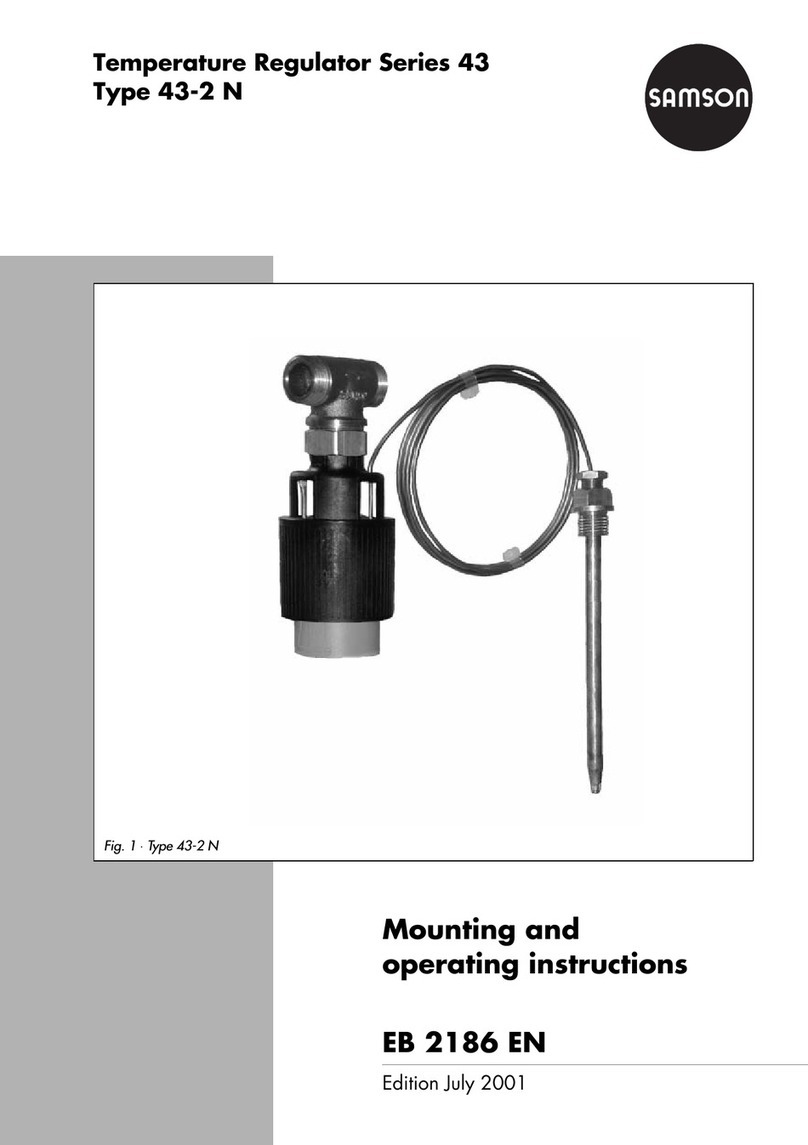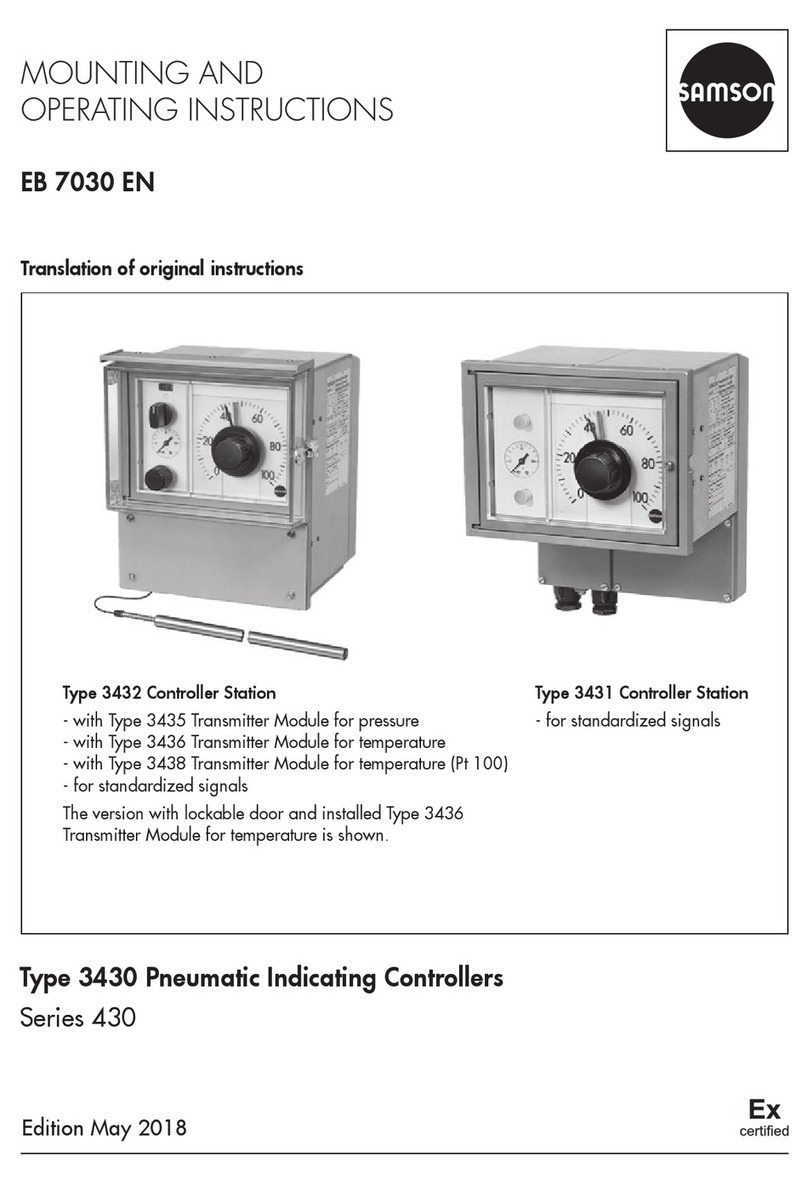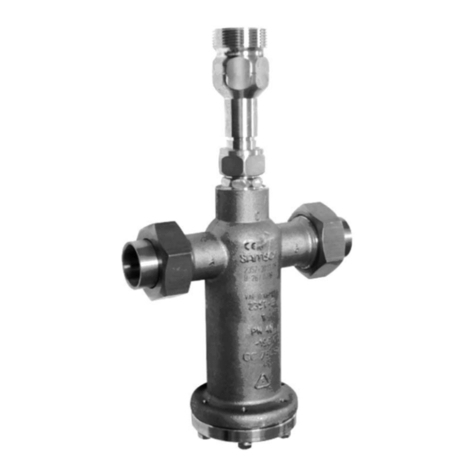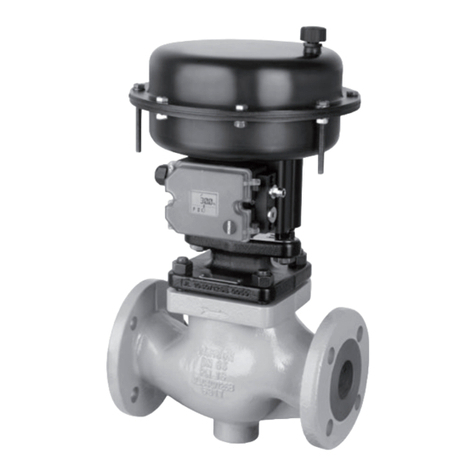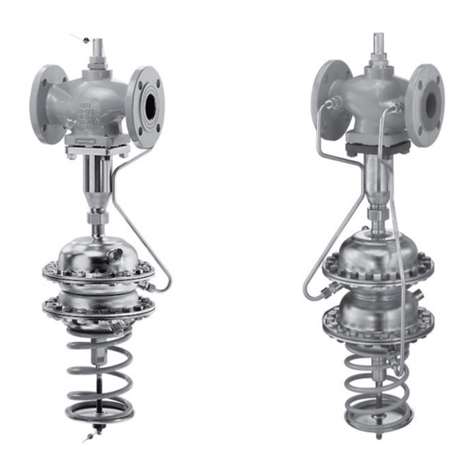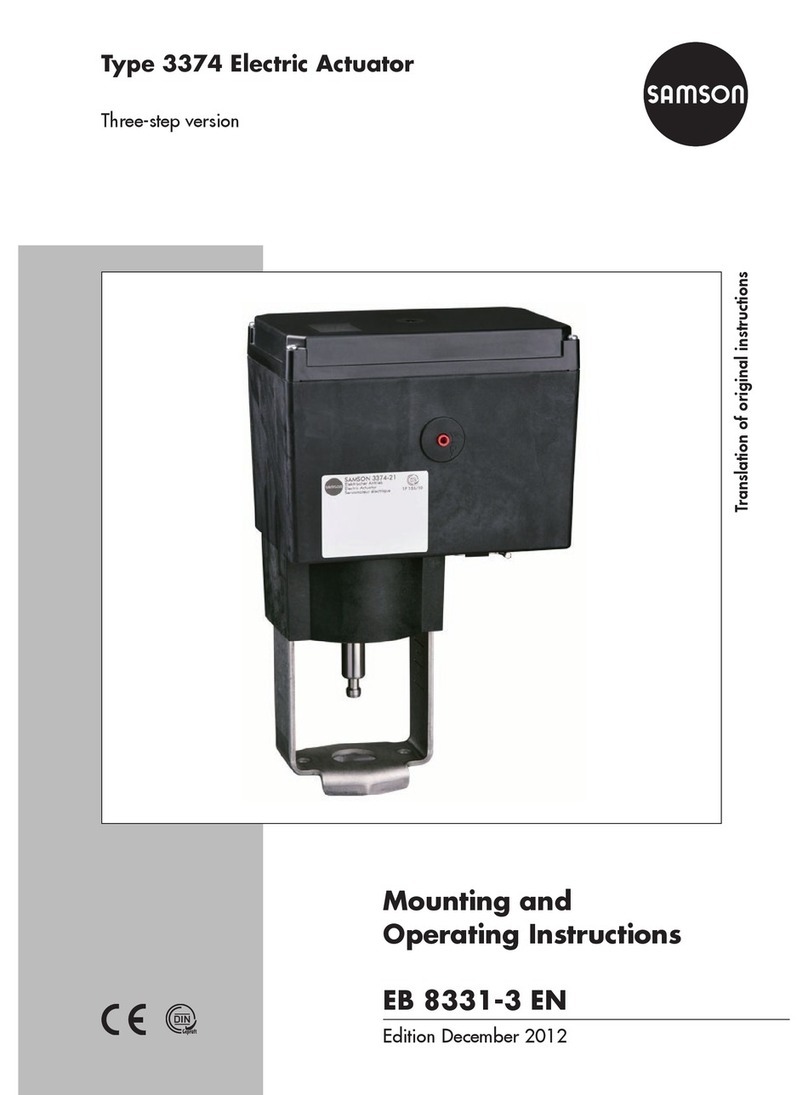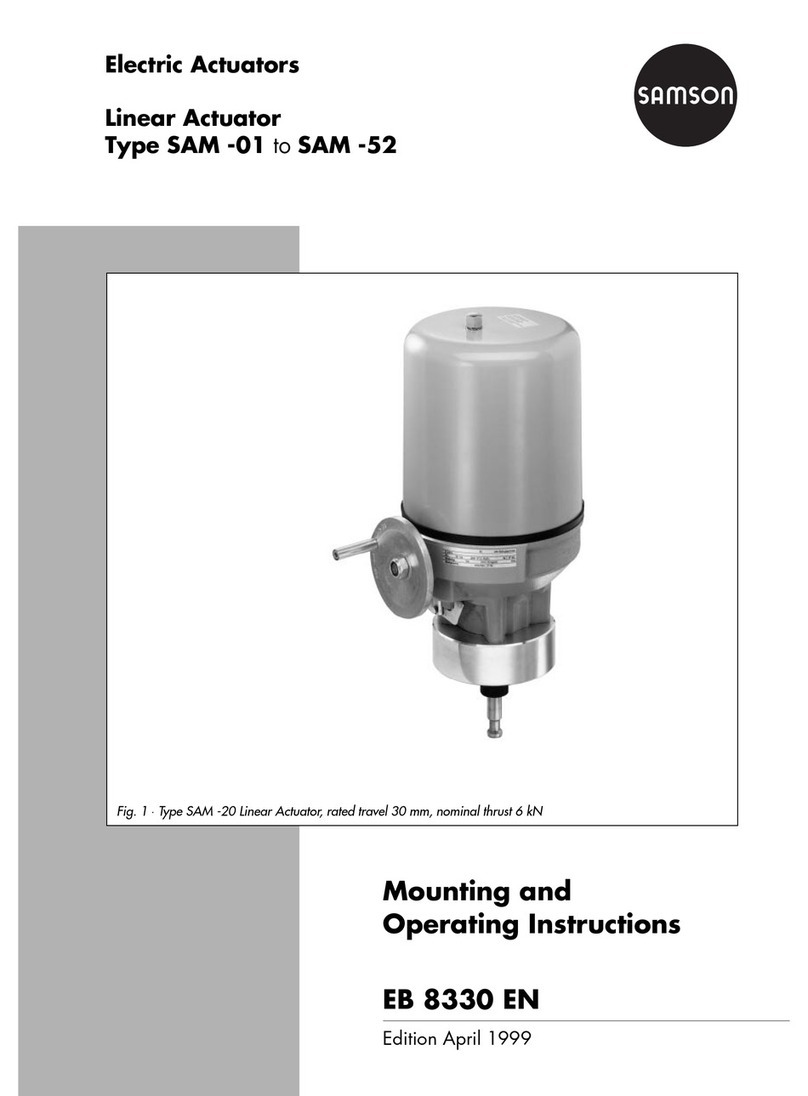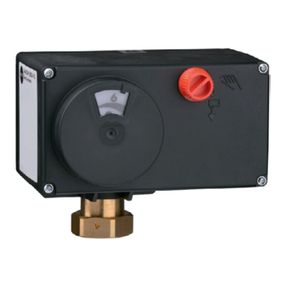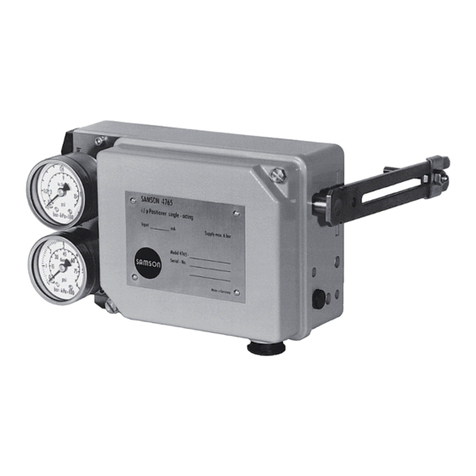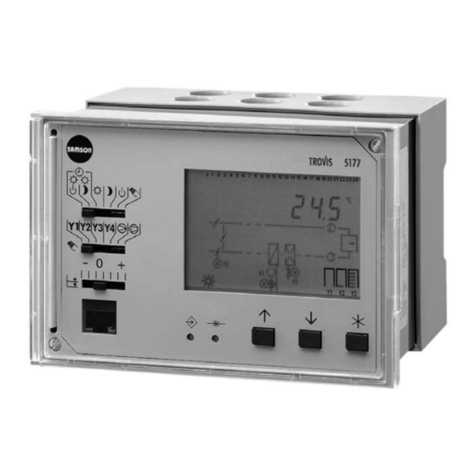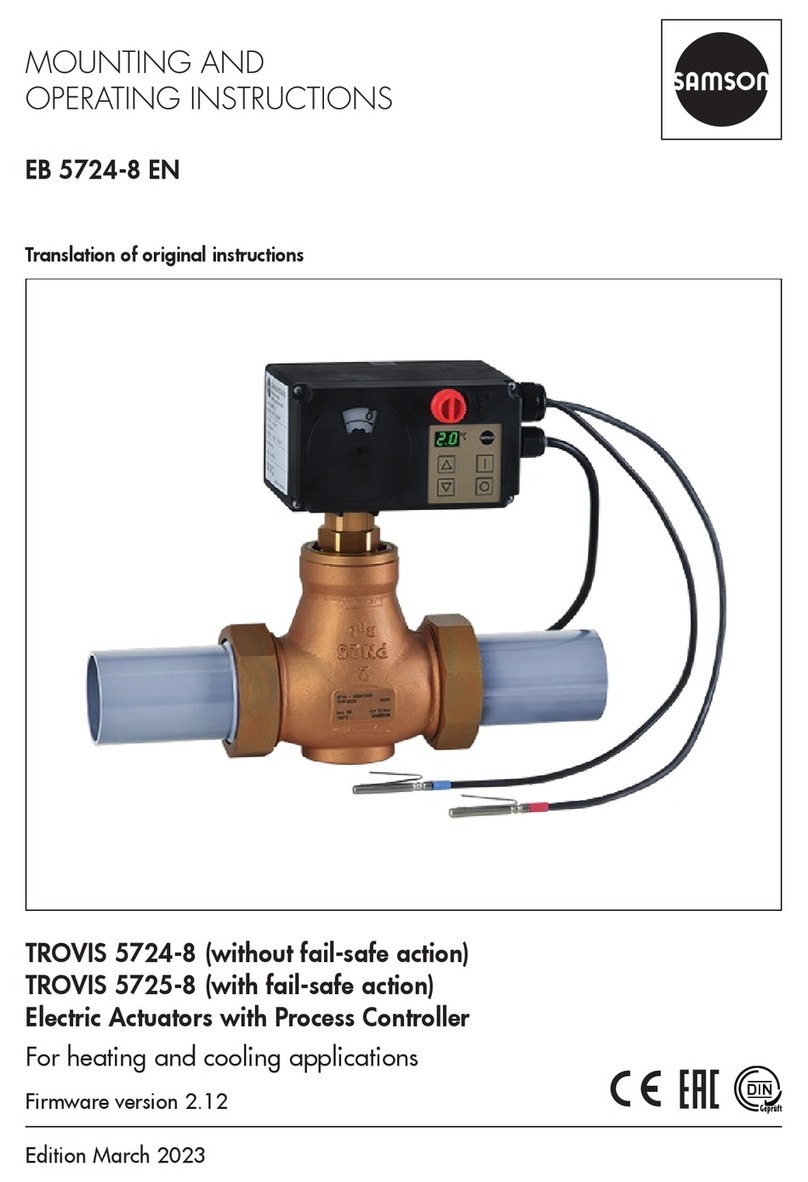
5.6 Operating hours counter. . . . . . . . . . . . . . . . . . . . . . . . 38
5.7 Boiler pump control . . . . . . . . . . . . . . . . . . . . . . . . . . 39
5.8 Boiler sensor acting as a thermostat . . . . . . . . . . . . . . . . . . 39
5.9 Modulation feedback . . . . . . . . . . . . . . . . . . . . . . . . . 40
5.10 Operational alarm . . . . . . . . . . . . . . . . . . . . . . . . . . 40
5.11 Return flow sensor acting as a thermostat. . . . . . . . . . . . . . . . 41
6 Functions of the heating circuit . . . . . . . . . . . . . . . . . . . . 42
6.1 Outdoor temperature-dependent advance heating . . . . . . . . . . . 42
6.2 Optimization using a room sensor . . . . . . . . . . . . . . . . . . . 42
7 Functions of the DHW circuit. . . . . . . . . . . . . . . . . . . . . . 44
7.1 DHW heating in the storage tank system (Anl 1 to 3) . . . . . . . . . . 44
7.1.1 Priority circuit (Anl 1 to 3) . . . . . . . . . . . . . . . . . . . . . . . 45
7.2 Forced charging of the DHW storage tank (Anl 1 to 7) . . . . . . . . . 46
7.3 Thermal disinfection (Anl 1 to 3) . . . . . . . . . . . . . . . . . . . . 47
7.4 External DHW demand (Anl 1 to 7) . . . . . . . . . . . . . . . . . . 48
8 System-wide functions . . . . . . . . . . . . . . . . . . . . . . . . 49
8.1 Weather-compensated control . . . . . . . . . . . . . . . . . . . . . 49
8.1.1 Gradient characteristic . . . . . . . . . . . . . . . . . . . . . . . . 50
8.1.2 4-point characteristic . . . . . . . . . . . . . . . . . . . . . . . . . 51
8.2 Fixed set point control . . . . . . . . . . . . . . . . . . . . . . . . . 52
8.3 Differential temperature control using variable weighting factors. . . . . 53
8.4 Deactivation depending on outdoor temperature . . . . . . . . . . . . 53
8.5 Summer mode. . . . . . . . . . . . . . . . . . . . . . . . . . . . . 54
8.6 Delayed outdoor temperature adaptation. . . . . . . . . . . . . . . . 54
8.7 Automatic summer time/winter time changeover . . . . . . . . . . . . 55
8.8 Frost protection . . . . . . . . . . . . . . . . . . . . . . . . . . . . 55
8.9 Forced operation of the pumps. . . . . . . . . . . . . . . . . . . . . 56
8.10 Flow temperature limitation . . . . . . . . . . . . . . . . . . . . . . 56
8.11 Control mode . . . . . . . . . . . . . . . . . . . . . . . . . . . . . 57
8.11.1 Three-step control . . . . . . . . . . . . . . . . . . . . . . . . . . . 58
8.11.2 On/off control . . . . . . . . . . . . . . . . . . . . . . . . . . . . 58
8.11.3 Continuous control . . . . . . . . . . . . . . . . . . . . . . . . . . 58
8.12 Control signal deactivation. . . . . . . . . . . . . . . . . . . . . . . 59
8.13 Processing of external demand. . . . . . . . . . . . . . . . . . . . . 59
8.14 Feedforwarding the outdoor temperature . . . . . . . . . . . . . . . . 59
8.15 Locking of changed settings . . . . . . . . . . . . . . . . . . . . . . 60
9 Operational faults . . . . . . . . . . . . . . . . . . . . . . . . . . 61
4EB 5474 EN
Contents
